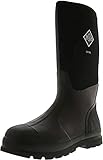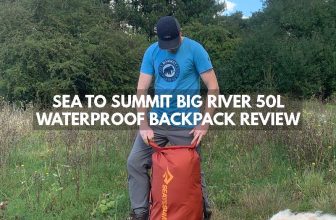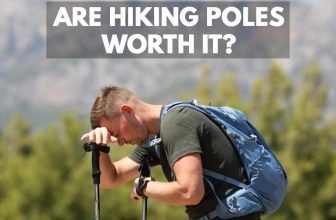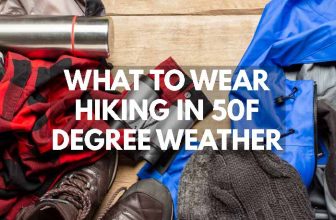Last Updated on 26/03/2022
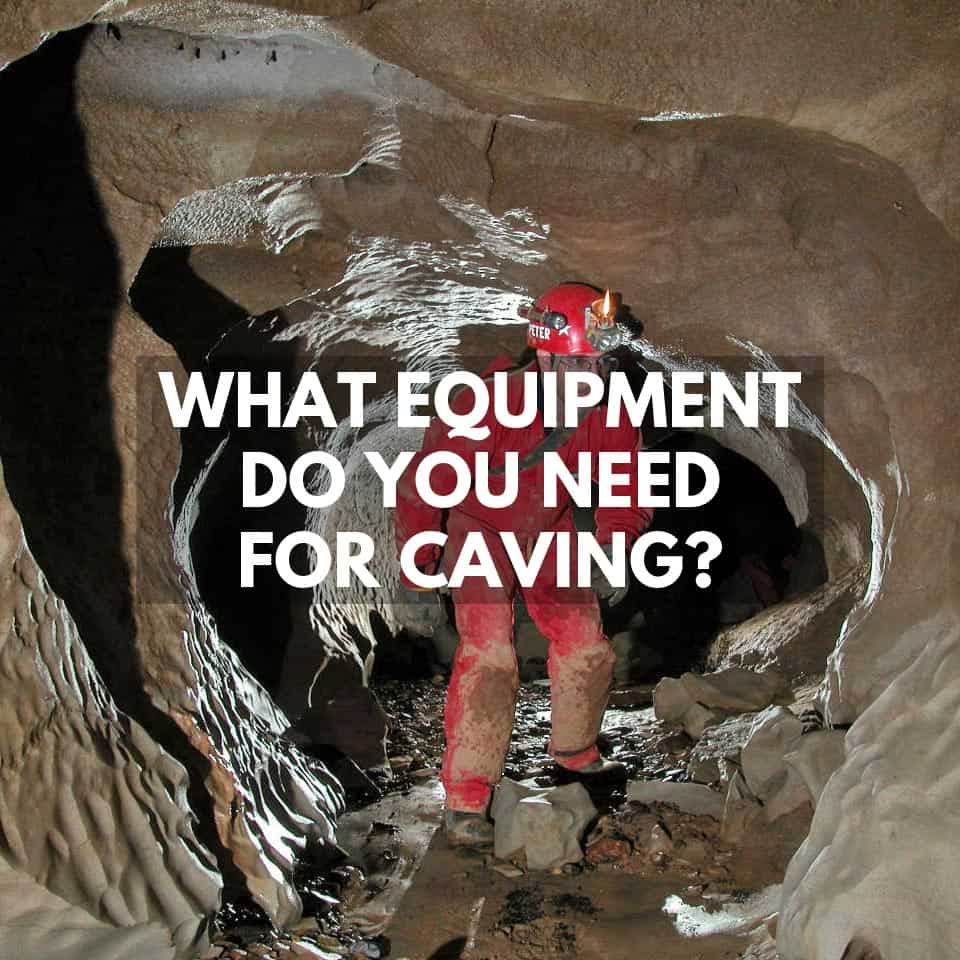
What Equipment Do You Need For Caving?
Caving can be dangerous if you don’t know what you’re doing or don’t have the correct equipment. In this article we go through all the basic gear you might need to explore caves underground safely. You will learn what equipment do you need for caving and where you can go to learn more about it.
There are two things all climbing equipment should possess and that is to meet the current safety standards and for it to be reliable in real-life situations.
Safety
Safety is the most important consideration when buying any kind of caving equipment. Your helmet needs to be up to climbing safety standards and you should give items like climbing rope an expiration date the moment you first use it.
Reliability
Caving is a notoriously dangerous hobby if not done with experience and skill. Reliability builds reputations in the caving and climbing world which is why there is only a small number of companies that most of the tribe stick with. You can learn more about these brands further down the page.
Beginner Caving Equipment
Here is a list of the equipment you need for caving starting with the two most important:
Headlamp
A headlamp is arguably the most important piece of equipment you need to explore caves. Without a headlamp, you can’t see a thing, and being deep underground without light is a terrifying thought. Cavers often carry 2 or even 3 headlamps just in case one of them fails or the battery runs out.
Ideally, your caving headlamp will be waterproof with a powerful beam and a long battery life. Check out our caving headlamp recommendations to find out which headlamp can run for up to 32 days on one charge.
Helmet
Aside from your headlamp, there is one piece of safety equipment that you should always have on when caving and that is a helmet. All it takes is a small rock the size of your fist to fall and knock you unconscious or worse. Caving headlamps normally have a headlamp attachment or clips for the headband to slot into which makes keeping your two most important pieces of caving equipment together.
A helmet will protect you from more than just falling rocks though. As you are crawling through narrow gaps and tunnels your head will be in close contact with sharp and jagged rocks. A helmet takes all the scratches, bumps, and falls so that you don’t have to. Take a look at our guide to the best helmets for caving for more information.
Rope
Even if you don’t plan on exploring a cave that requires climbing rope to navigate, it is better to have rope in your backpack and not need it than to not have the rope and need it. If you are relying on the rope to hold your body weight and potentially your life then you had better make sure it is up to code. The best caving ropes should be static (not have much stretch) and be thick enough to withstand a lot of abrasions.
Caving Suit
Suitable clothing makes caving more enjoyable which is why many cavers opt for a full-body suit designed to be waterproof and rugged. One piece ski and snowboard suits are the best because they are waterproof and insulated. If you plan on going caving more than once then getting your own caving suit is worth it.
Footwear
There are two ways you can go about choosing your caving footwear; as waterproof as possible with gumboots or designed to be used in water. I prefer to use a waterproof caving boot or my Meindl Meran boots which are fully waterproof than I do to walk in wet shoes. Caves have very uneven and slippery floors and so it is crucial to have your laces tied tightly and a good grip on the soles of your shoes.
Knee Pads
Exploring caves with lots of tunnels and low ceilings then it doesn’t take long for your knees to become tender. Many cavers use knee pads as standard attire so that they can move easily and safely without hurting their knees. This is perhaps one for the over 30’s as young cavers won’t suffer from the same level of pain in most cases.
Gloves
Gloves are totally optional but can help in two ways. The first is that they protect your hands from jagged rocks cutting you as well as from creepy crawlies depending on where you are in the world. Secondly, they will help keep your hands warm if the cave you are in is cold. If you choose to wear caving gloves these can help to provide additional grip on slippery rocks too.
Whistle
A whistle or alternate alarm system weighs very little and can be a lifesaver and is always worth carrying on your person. If for any reason you become lost or trapped in a cave underground you can alert others to your presence and location. This might seem like an item you can ignore but for the price and size, you should buy one and attach it to your belt.
Harness
Depending on the type of caving you are doing you may or may not need a harness. Unless you know you are not going to need one then a harness is always recommended. Climbing harnesses allow you to secure yourself to your rope safely and as comfortably as possible. A basic climbing harness doesn’t cost as much as you might think and don’t need to be replaced as often as the rope.
Climbing Gear
Climbing gear might include belay devices, rock anchors, cams, and carabiners amongst other things, and will help you to access especially hard-to-reach places. Again, unless you are exploring unknown caves or caves you know require climbing gear then this is not something a beginner needs to worry about too much. If you do need climbing gear then you probably don’t need us telling you what you need.
Ladders
Ladders might be the last thing you think you might need but they are used in caving all the time for climbing but most often to create a bridge. Sometimes there is no way to cross a gap safely without creating a platform to walk or crawl across. Obviously, a big set of ladders isn’t going to fit very far down a bendy cave so wire ladders, rope ladders, and other compact ladders are used.
Guide to Caving Equipment
Like many outdoor activities with an edge of danger, you really don’t want to cheap out on the most important items that could mean the difference between life and death. Headlamps need to be 99.999% reliable and so does your backup headlamp. Here are some methods you can use to find reliable caving equipment as a beginner:
Caving Equipment Brands
If you go on any caving forum and ask for gear recommendations you will hear the same brand names again and again. The brands that cavers recommend have been around for a long time and spend a lot of money testing their products for safety. Some brands you can trust for caving gear you need are Petzl, Black Diamond, Edelrid, and DMM.
Safety Ratings
In the USA, climbing equipment safety standards are monitored by the UIAA . For example, caving helmets must be tested as safe to use and compliant with all standards. You can learn more about helmet safety standards here. Maintaining your caving equipment will help to keep the safety ratings relevant and help you to get the most out of your gear.
Speak to an Expert
While we have some caving experience we cannot come near to the level of knowledge that a local caving guide can give you. A quick search should reveal some places near you to go caving with a guide and aside from the fun day you will have, you can ask any questions you have and get advice from someone you can trust.
We hope you now know what equipment do you need for caving and have learned the importance of reliability when it comes to caving gear.





